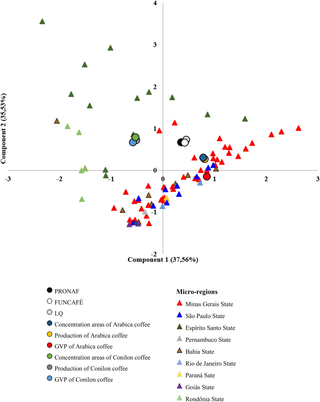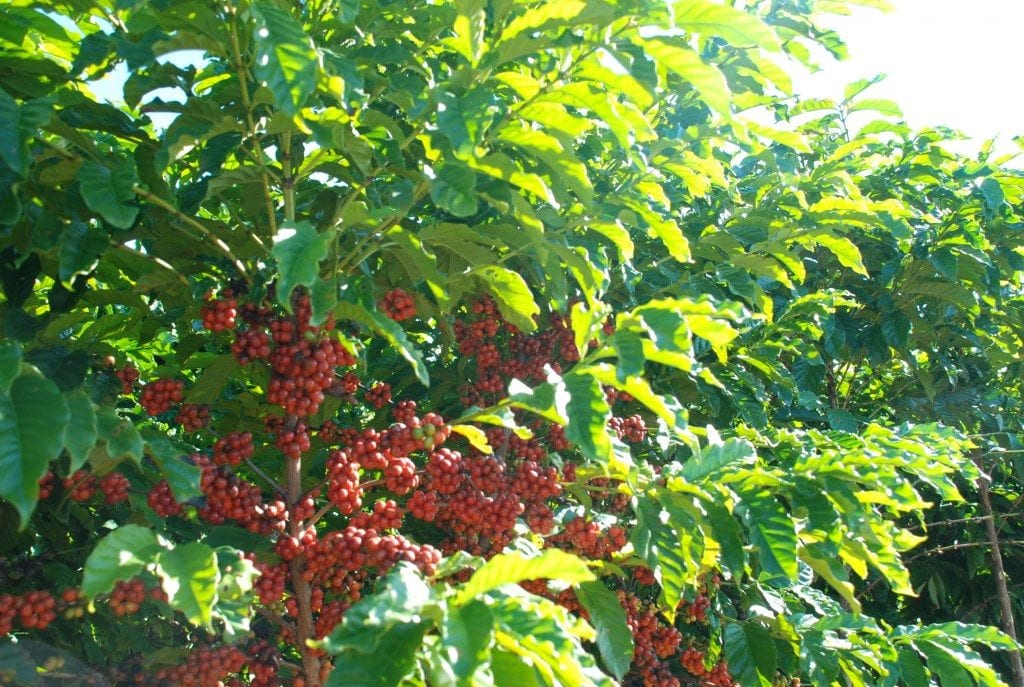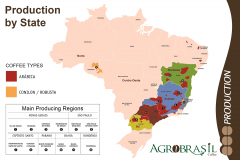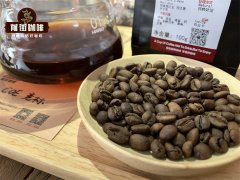Brazilian Arabica Coffee Bean Production Fine Coffee Bean Definition and Standard Difference from Commercial Coffee
Coffee is an important crop in Brazilian agricultural enterprises. There is evidence that the geographical distribution and varieties of coffee produced throughout Brazil have changed over time. In addition, these developments seem to be related to structural changes caused by reduced government intervention and its impact on coffee market prices, which has established new coffee production dynamics in the country. In this context, the goal of this study is to analyze the dynamics of coffee production in Brazil, identify Brazilian micro-areas that specialize in coffee activities, and track how the spatial distribution of these micro-areas changes over time. In doing so, the study aims to determine the economic characteristics of major coffee producing areas. This study mainly uses data from the Brazilian Institute of Geography and Statistics to explore how significant changes occurred between 1984 and 2015 through the application of Pearson correlation Granger causality test location quotient principal component and cluster analysis. The distribution of professional coffee production areas. The importance of historically important coffee-producing countries such as Parana and Sao Paulo has declined, leaving only a few micro-areas that specialize in coffee production. During the 2014-15 biennium, 80% of the coffee specialty micro-areas were concentrated in Minas Gerais, Bahia, Rondo and Esp í rito Santo. Minas Gerais and Bahia mainly produce Arabica coffee, while Rond ô nia specializes in conilon (robusta) coffee. Overall, the quality and added value of coffee produced in Brazil improved during this period.

Brief introduction
Brazilian coffee is the world's largest coffee producer and exporter. According to the Municipal Agricultural Survey (PAM) released by the Brazilian Institute of Geography and Statistics (IBGE), during the 2016 harvest, Brazil collected about 5030 million bags of 60 kg coffee, of which 4250 million contained Arabica coffee and 7.8 million coffee containing conilon (robusta). According to the Ministry of Industry, International Commerce and Services, coffee export revenues totaled US $4.84 billion in 2016, with major export destinations including Germany, the United States, Italy and Japan.

With the end of large-scale government intervention in the Brazilian coffee market, the industry was forced to reinvent itself. The coffee production system has been modernized and increasingly innovative production technologies have been adopted to improve competitiveness through product quality differentiation, cost reduction, and even the establishment of internal management mechanisms within the company, all to achieve customer satisfaction and confidence. In addition, coffee producers are starting to produce in areas where the climate is more suitable for cultivation. In addition, producers try to insert themselves into specific consumer markets and increase the added value of their products by producing boutique coffee with quality and geographically certified seals.
Important Notice :
前街咖啡 FrontStreet Coffee has moved to new addredd:
FrontStreet Coffee Address: 315,Donghua East Road,GuangZhou
Tel:020 38364473
- Prev

Brazilian Coffee History Story Market Development main producing areas introduce the best coffee flavor and taste characteristics in the world
Which part of Brazil mainly produces coffee? Brazilian coffee is mainly produced in southeastern Brazil, especially Minas Gerais, Parana and Sao Paulo. Sao Paulo has become the largest and most industrialized city in Brazil, mainly because of the coffee trade, but the state of Minas Gerais accounts for about half of the country's coffee exports. Is Brazilian coffee the best? Coffee in Brazil
- Next

The difference between boutique coffee beans and commercial coffee beans on the market
The reason why high-quality coffee beans are respected and recommended by people is that high-quality coffee beans must be produced by the manor, and the growth environment and process must be strictly controlled and taken care of by special personnel, just like the high-standard quality gatekeeper of famous brands, thus creating the noble status of high-quality coffee beans. Special geographic microcli proposed by Ms. Erna Knutsen Knudsen in 1987
Related
- Detailed explanation of Jadeite planting Land in Panamanian Jadeite Manor introduction to the grading system of Jadeite competitive bidding, Red bid, Green bid and Rose Summer
- Story of Coffee planting in Brenka region of Costa Rica Stonehenge Manor anaerobic heavy honey treatment of flavor mouth
- What's on the barrel of Blue Mountain Coffee beans?
- Can American coffee also pull flowers? How to use hot American style to pull out a good-looking pattern?
- Can you make a cold extract with coffee beans? What is the right proportion for cold-extracted coffee formula?
- Indonesian PWN Gold Mandrine Coffee Origin Features Flavor How to Chong? Mandolin coffee is American.
- A brief introduction to the flavor characteristics of Brazilian yellow bourbon coffee beans
- What is the effect of different water quality on the flavor of cold-extracted coffee? What kind of water is best for brewing coffee?
- Why do you think of Rose Summer whenever you mention Panamanian coffee?
- Introduction to the characteristics of authentic blue mountain coffee bean producing areas? What is the CIB Coffee Authority in Jamaica?

